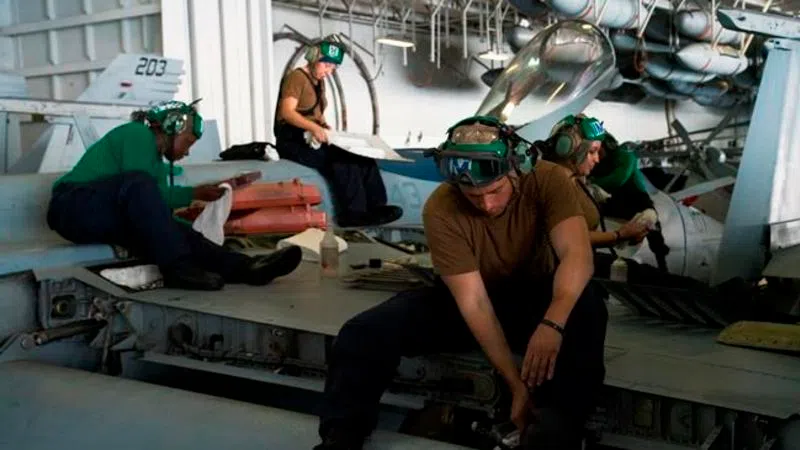
US aircraft carrier deployed over Iran remains outside Gulf
A U.S. aircraft carrier ordered by the White House to rapidly deploy to the Mideast over a perceived threat from Iran remains outside of the Persian Gulf, so far avoiding any confrontation with Iranian Revolutionary Guard forces amid efforts to deescalate tensions between Tehran and Washington.
Officers aboard the USS Abraham Lincoln repeatedly told The Associated Press on Monday they could respond rapidly to any regional threat from their position, at the time some 320 kilometres (200 miles) off the eastern coast of Oman in the Arabian Sea.
However, after decades of American aircraft carriers sailing through the Strait of Hormuz, the narrow mouth of the Persian Gulf through which a third of all oil traded at sea passes, the U.S. Navy’s decision to keep the Lincoln away is striking.



